Waikato Regional Council monitors air quality in urban areas across the Waikato region. PM10 and PM2.5 are the airborne particulate contaminant indicators typically associated with domestic woodburner smoke and the region’s main air contaminants of concern. The Regional Policy Statement focus for air is avoidance of unacceptable risks to human health and ecosystems, with achieving compliance with National Environmental Standards a high priority. Emphasis is placed on controlling discharges from solid fuel burners and open fires, the main source of air pollution in our region, but also recognises the importance of controlling discharges from other sources such as transport and industry and also outdoor burning. Air quality is worst in urban areas where cold, calm conditions occur over winter and there is a large number of woodburners. The region’s best areas are typically where there is good air movement over winter, such as coastal towns or towns where there is a low density of woodburners. The Waikato region has 20 gazetted urban airsheds: Cambridge, Hamilton, Huntly, Matamata, Morrinsville, Ngaruawahia, Otorohanga, Paeroa, Putaruru, Taupo, Te Aroha, Te Awamutu-Kihikihi, Te Kuiti, Thames, Tokoroa, Tuakau, Turangi, Waihi, Whangamata and Whitianga. The seven airsheds identified in bold are currently monitored by Waikato Regional Council for PM10 with the addition of PM2.5 in Hamilton, Tokoroa, Te Kuiti and Taupo. Four of these airsheds also have meteorological stations installed. In addition, the town of Huntly is monitored at two sites within the Huntly airshed by Genesis Energy Ltd., as a requirement of their air discharge consent for operation of the Huntly Power Station. Monitoring data for the Huntly airshed is not included on this website because it is not collected by Waikato Regional Council’s monitoring programme. Since the 20 urban airsheds were gazetted, Putaruru, Taupo, Te Kuiti and Tokoroa have been classified as being polluted as defined by the National Environmental Standards for Air Quality. Currently, only Tokoroa is classified as being polluted. Six of the gazetted airsheds (Otorohanga, Paeroa, Te Aroha, Tuakau, Whangamata and Whitianga) have yet to be monitored. Long term monitoring of benzene and associated monoaromatic compounds (BTEX) has also been undertaken at seven passive traffic monitoring sites around Hamilton. Waikato Regional Council has also undertaken short term survey monitoring of NO2, SO2, CO and O3 in Hamilton, NO2 in Matamata and Tokoroa and O3 in Coromandel township.













